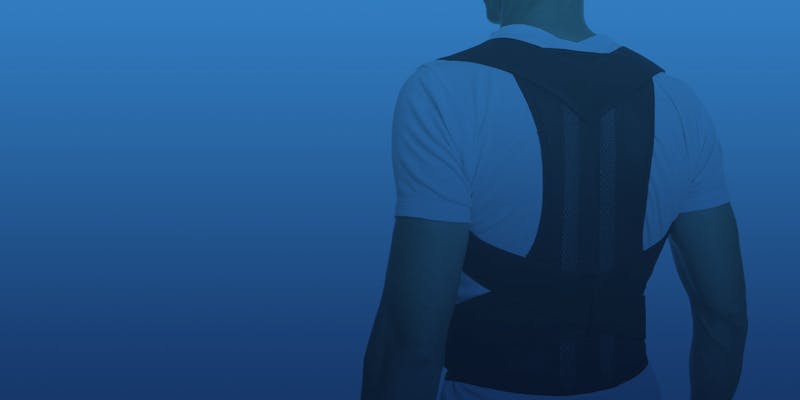
While your doctor might recommend a back brace for mild scoliosis, surgery is often the best option for severe curvature. A back brace won’t correct your spinal curve, but it can prevent it from progressing. Spinal fusion surgery can also prevent your curve from progressing further, but it is often reserved for severe cases. You’ll want to explore both treatment options and consult with your health care provider on the best course of action for your scoliosis.
When to Consider Bracing
A back brace may not alter an adult’s scoliosis disease progression but can help provide structural support and pain relief. Doctors will recommend a back brace for scoliosis if you have a curve of 25 to 40 degrees and the curve has progressed by more than five degrees. Adolescents can benefit from bracing treatment right before a growth spurt to prevent the curve from increasing.
Since scoliosis can vary in severity, many adolescents might not realize they have scoliosis until adulthood. In these cases, doctors will recommend bracing for milder curvatures, sometimes alongside physical therapy, for optimal results. Adolescent scoliosis is usually idiopathic — meaning that it has an unknown cause but is of genetic origin, generally developing after age 10. Adult onset scoliosis, however, is degenerative and commonly occurs when people reach 40 years old.
Using a Back Brace
If you opt for a back brace, specialists will first take a cast of your back — which requires an outpatient appointment. Then, they’ll provide a custom brace fitting to align with your spine and curve. Most braces are made from rigid yet lightweight plastic, and they work by applying pressure to the outsides of the curve to prevent it from progressing.
Your doctor will likely recommend wearing your back brace between 16 and 23 hours a day, though some patients might only be required to wear it at night. Physical therapy can also help you maintain the strength of your back muscles and increase the effectiveness of the brace.
Benefits of Scoliosis Back Braces
A scoliosis back brace offers many advantages:
- Effective: Scoliosis braces are effective for 80% of people treated with them. These devices can slow the progression of scoliosis, ultimately helping to prevent scoliosis complications like reduced height, abnormal posture, and even heart and lung function. That said, back braces are only effective when worn and used as prescribed. You’ll want to wear your brace correctly and for the proper amount of time each day to achieve optimal results.
- Noninvasive: Unlike scoliosis surgery, which often comes with a long recovery time, back braces are noninvasive. They can also prevent the need for surgery, making them an excellent proactive treatment for scoliosis. Additionally, modern back braces are lightweight and not visible through clothing, ensuring they won’t impact your daily life.
- Pain-relieving: Scoliosis can cause back pain and discomfort, especially for adults. Bracing treatment involves applying pressure to the spine, helping to reduce back muscle strain and relieve pain. Doctors can also create an individualized exercise plan to help improve mobility and reduce pain.
- Confidence-boosting: By improving your mobility and the appearance of your spine, a scoliosis back brace can help boost confidence and allow you to return to the activities you love most.
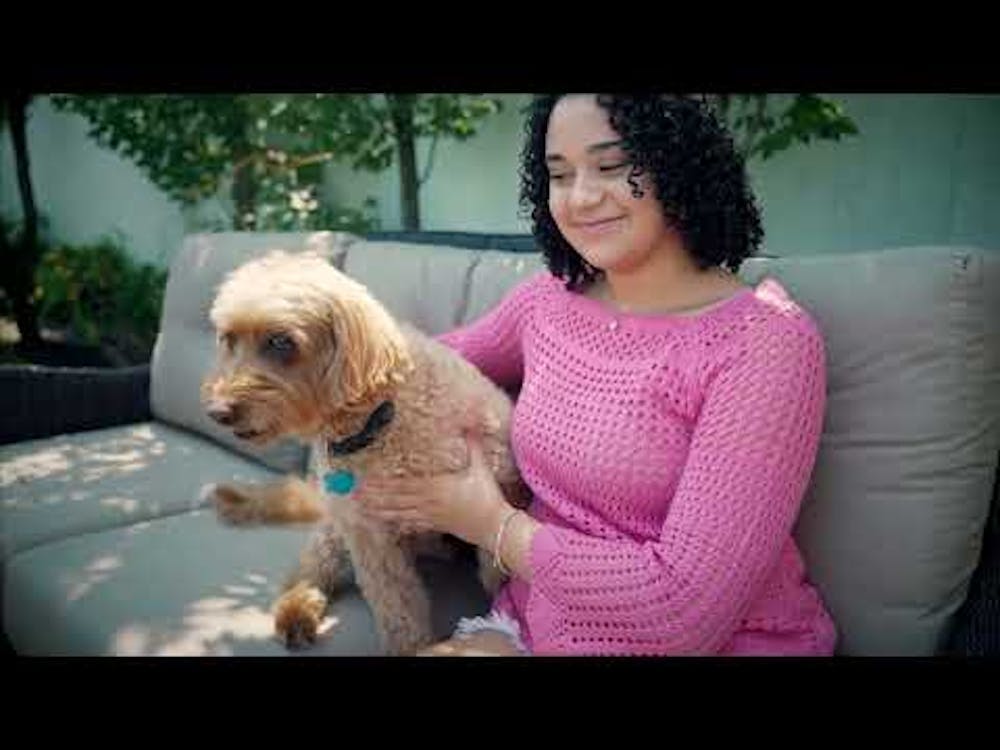
When to Consider Scoliosis Surgery
If you have severe curvature or nonsurgical treatments prove ineffective, doctors might recommend scoliosis surgery. Here are factors they’ll usually consider:
- Curve severity: The larger the curve, the more likely you will require surgery since back braces generally cannot correct more pronounced curvature. Doctors will typically recommend surgery for curves that exceed 40 degrees, as these are more likely to progress and cause health issues.
- Skeletal maturity: Surgery is not usually recommended until an individual reaches skeletal maturity, usually around 14-16 years old. The curve must also be severe or progressing rapidly.
- Symptoms: Doctors may also recommend surgery for those experiencing pain, breathing difficulties or other symptoms that bracing and physical therapy fail to alleviate.
- Risks and benefits: Health care providers will assess your potential risks and benefits, considering factors like age, overall health and surgical approach.
When making your decision, you may also consider the cosmetic aspect of scoliosis, as severe spinal deformity can impact self-esteem and body image. Consult with your health care provider to weigh your options and consider the long-term effects and potential benefits of scoliosis surgery.
Types of Surgery for Scoliosis
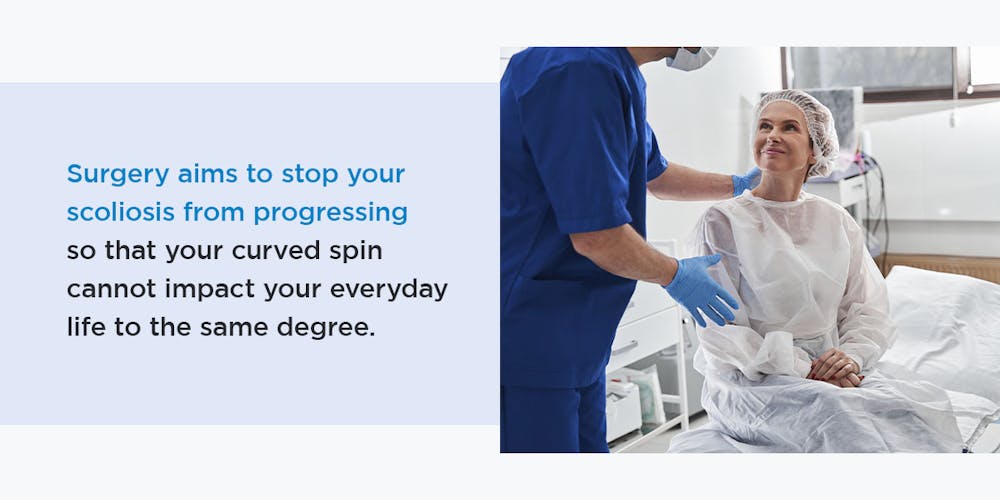
Surgery aims to stop your scoliosis from progressing so that your curved spin cannot impact your everyday life to the same degree. The most common types of surgery for scoliosis include:
- Spinal fusion: The most frequently performed surgery involves posterior spinal fusion using instrumentation and bone grafting, preventing the curve from progressing.
- Osteotomy: An osteotomy procedure can correct a spinal deformity. It is often used to treat adults with rigid scoliotic curves — or sharp angular or rounded deformities — and flatback, where the spine loses some of its normal curvature. The surgery might also be recommended for children with large curves or to realign the spine following a fusion.
What to Expect With Surgery
During a spinal fusion surgery, the surgeon will use metal rods to reduce the angle of the spinal curve and hold it in place. Then, they’ll apply a bone graft to fuse the spine so that it heals as one bone. This operation is performed under general anesthetic to ensure you are completely unconscious.
During an osteotomy procedure, the surgeon will cut and remove the affected bones, either with an anterior or posterior approach.
As with most surgical procedures, there are risks associated with scoliosis surgery, including the potential for nerve damage, infection, or implants coming loose or breaking.
Surgery Recovery
Surgery recovery time can vary depending on the person, as it will depend on the spinal problem, the degree of difficulty for the procedure, your age and other general health factors. Complete recovery often takes months.
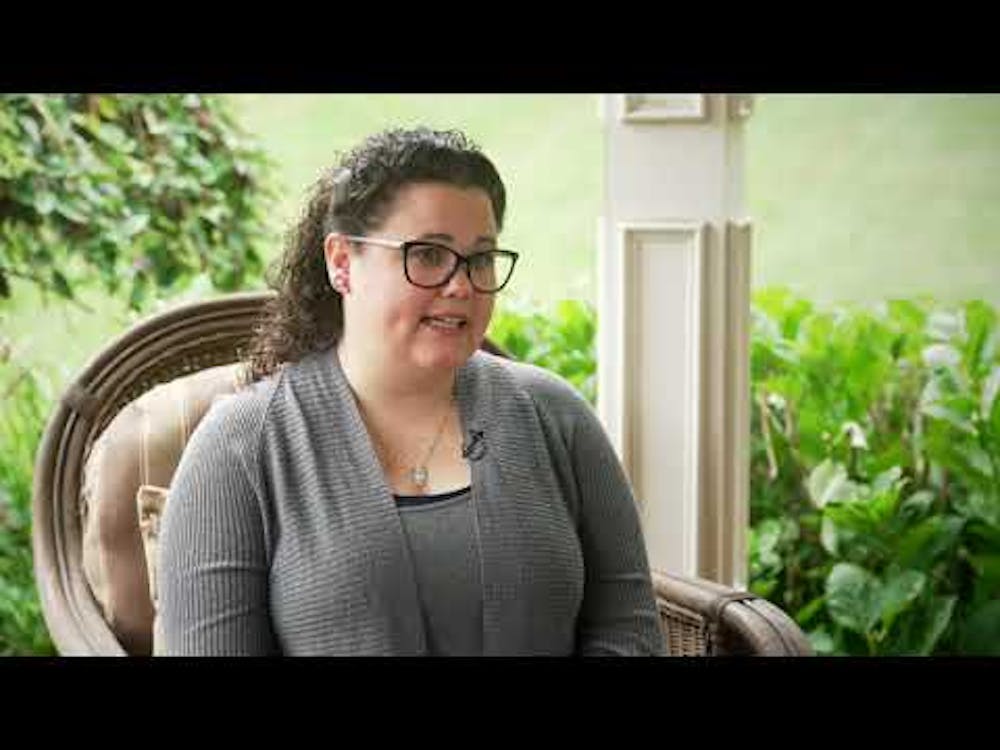
NYSI Bracing Testimonials
If you are considering bracing at NYSI, learn more about what our clients have to say about our services:
“Dr. Alexandre de Moura and New York Spine Institute are absolutely wonderful! I have personally seen the level of personal care and dedication when one of my seriously injured clients was treated there (I am a personal injury attorney). He had a terrific recovery, and I credit Dr. de Moura and his staff with that.” -A.Z.
“Please accept my sincere gratitude for helping me overcome a very serious back problem that I’d had for many years. You were highly recommended to me, and you certainly lived up to your reputation. My friend was right: You’re very good at what you do. Thanks again, and although you’re a very nice man, I hope never to have to see you again.” -J.B.
“I worked with Dr. Macagnau and he was amazing! Extremely friendly and funny to match his knowledge and guidance with my injury. The rest of the staff was no different, I would highly recommend them to anyone with back issues.” -Juan Rolon
Trust Your Scoliosis Concerns to the NYSI
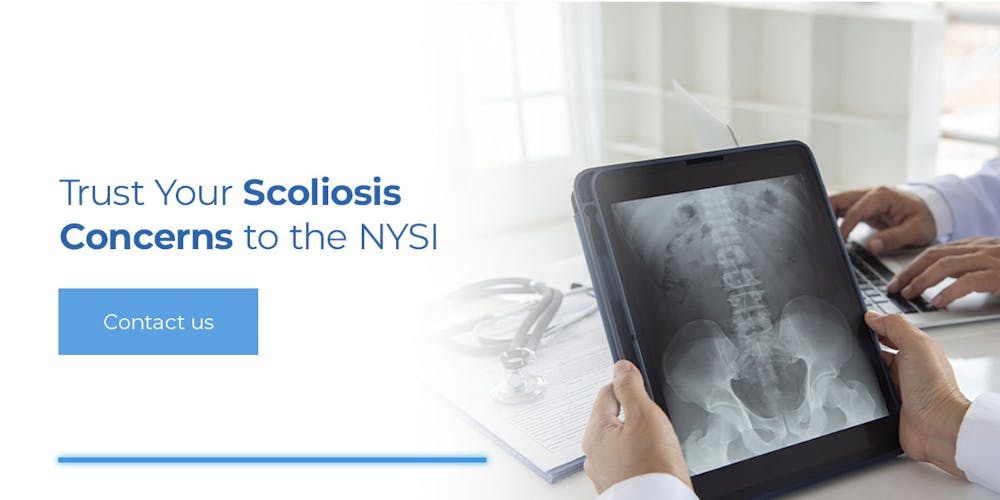
A scoliosis back brace can be a noninvasive and effective way to slow the progression of scoliosis. At the same time, surgery can reduce the curvature of your spine and lessen pain — helping improve mobility and self-image.
Whether you require a surgical or nonsurgical scoliosis treatment method, NYSI can help. Our specialists are constantly monitoring and developing our methods to reflect the latest innovations, delivering exceptional results to patients struggling with scoliosis and other spinal issues.
To determine whether you need surgical intervention or a back brace, schedule an expert consultation today.
Linked Sources:
- https://www.ncbi.nlm.nih.gov/pmc/articles/PMC6995912/
- https://www.healthcentral.com/condition/scoliosis/treating-adult-scoliosis
- https://www.healthcentral.com/condition/scoliosis/back-brace-for-scoliosis
- https://www.aans.org/en/Patients/Neurosurgical-Conditions-and-Treatments/Scoliosis
- https://www.aans.org/Patients/Neurosurgical-Conditions-and-Treatments/Scoliosis
- https://www.nyspine.com/services/orthopedic-division/scoliosis/
- https://www.nyspine.com/testimonial/
- https://www.nyspine.com/schedule-an-appointment/
